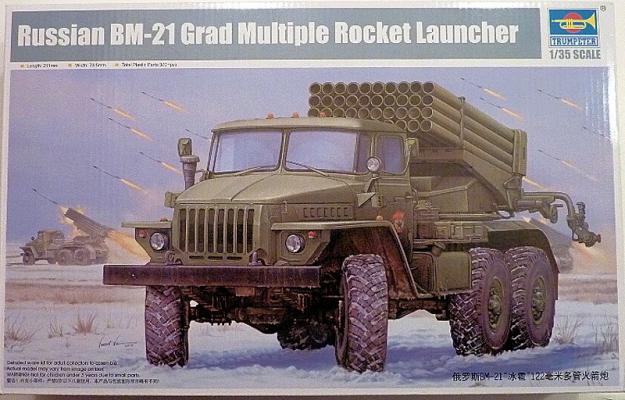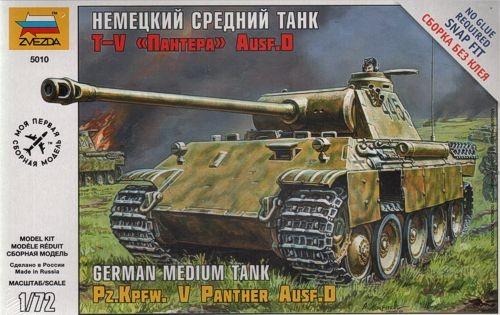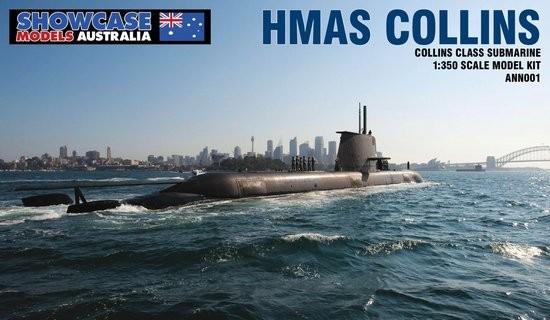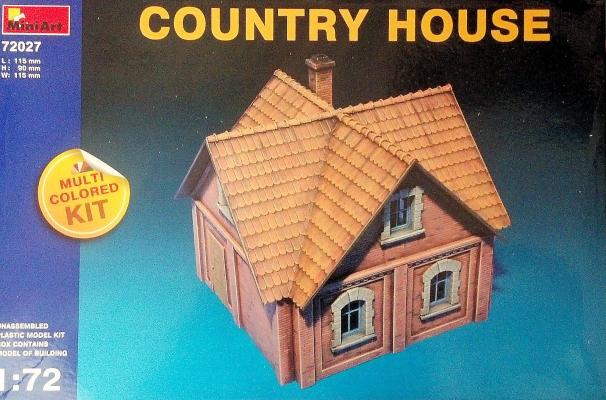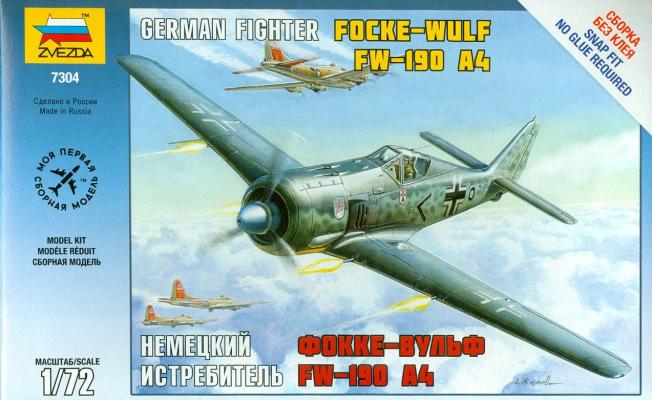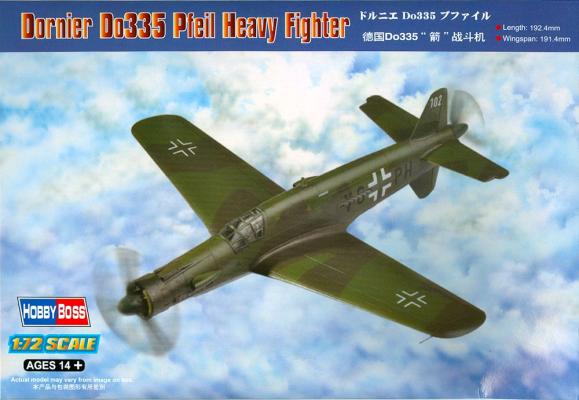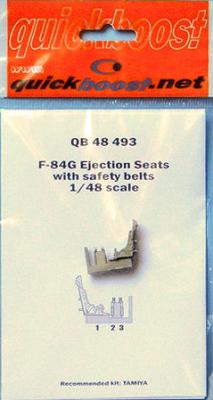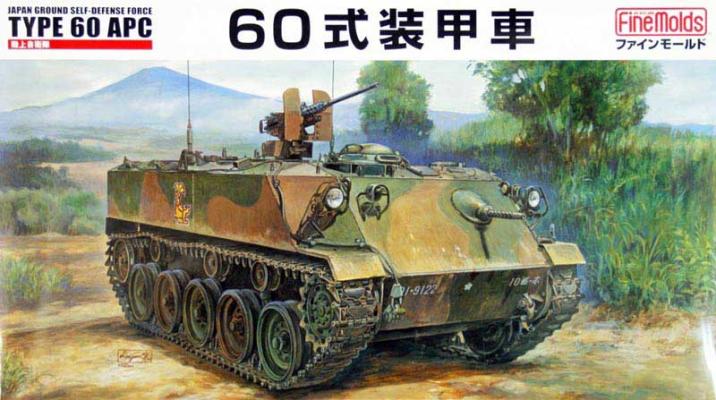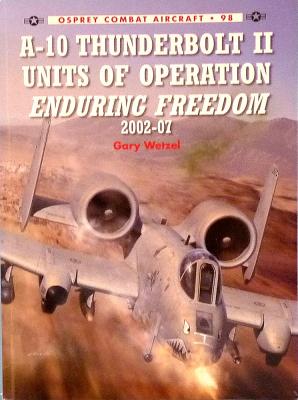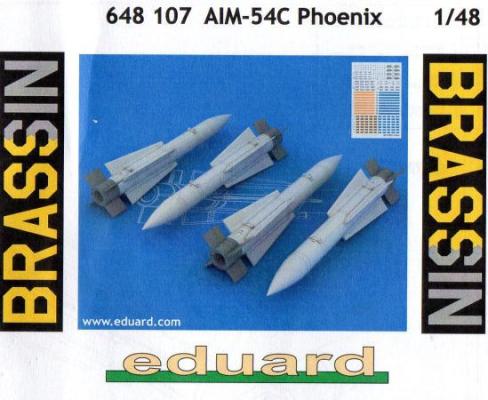This was another item that had been on the review list for some time before I volunteered for it. As this vehicle comes with almost no external markings, Steve said I could do it as a Middle East Vehicle. I am thinking Syrian Militia based on a picture I came cross surfing the web. However, I do need to include some information about this particular kit as it might actually be a “What If”.
What's New
The Kit
Nearly 100 injection molded parts in tan plastic plus 2 black plastic treads. All parts exhibit crisp detail and are flash free. The muzzle of the main gun is not slide-molded so will need to be drilled out. Being a snap kit, all parts had a number of locating pins. All of them fit together without modification.
Introduction
Showcase Models Australia is a relative newcomer as a model distributor in Australia (founded in 2011, according to their Facebook page) and has recently branched out into manufacturing their own kits. In May 2013, the production of the Collins Class subs was completed and the kit made it to the Showcase Models showroom and subsequently, other retailers and distributors.
A big Thank You goes to Dragon Models USA for providing this review sample to IPMS/USA.
The Kit
The kit consists of 110 injection molded parts in the standard MiniArt colors; orange, maroon, black and white. All parts are relatively free of flash (some may have just a small bit around the attachment points) and are very crisp in detail.
Construction
As with the kits before it, the Country House is very well made. Being a smaller kit, assembly should not take much longer than an hour or two. A few points worth mentioning on this kit centers around the roof. As with prior offerings, the thin roof pieces seem to have a slight bow to them. Given that all of these meet in the middle, there may be some considerable use of cement or CA to get them to remain. I was able to resolve this by tacking them with a little cement and then gap filling with CA.
History
The Focke Wulf Fw-190 is probably one of the most modeled aircraft in any scale, mainly because it was such an excellent design and was produced in very large numbers during World War II. Although sources vary as to the number produced, slightly fewer that 1,000 of the A-4 type appear to have been manufactured during 1942 to replace the A-3, and subsequently being supplanted by the improved Fw-190A-5. Constantly upgraded during the war, the type held on until the final days, both as a fighter and as a ground support and reconnaissance aircraft. Most serious modelers are familiar with the type and its history, so I’ll refer you to other sources. There is certainly no lack of information on this aircraft, both in publication form and on the internet.
History
The Do-335, like many German aircraft of World War II, had a checkered development. It began its life, at Hitler’s insistence, as a high speed bomber, and only later, when Hitler was told that the Me-262 would be a better high speed bomber, was the plane’s basic mission changed to that of heavy fighter and reconnaissance.
First, Dornier used a scaled down (1/2.5) Do-17Z airframe (Goppingen Go.9) to test the feasibility of the rear mounted engine with a prop behind the tail unit. Tests showed the usefulness of the arrangement, so design began on the full size airplane. Featuring a tandem engine arrangement (which was not new to Dornier), the aircraft was a large, single seat, twin engine aircraft with two DB-603 liquid-cooled engines. The type began as a high speed bomber (Nov. 1943), reconnaissance fighter and night fighter (Jan. 1944), and ended finally as a heavy fighter (Mar. 1944). In July, 1944, the first prototypes were delivered as bombers.
Quickboost now offers aircraft builders a highly detailed 1/48 scale ejection seat that is intended to replace the one found in either the Tamiya or Revell F-84G kit. It is recommended as a replacement for the Tamiya seat, but it also can be used to replace the Revell kit seat with very little adjustment. As nice as the kit parts may be, this replacement provides a higher level of detail along with casually posed shoulder and lap belts molded in place. The details are very delicate and crisply molded.
The JGSDF Type 60 APC
The Japan Ground Self Defense Force (JGSDF) is the main branch of the Japan Self-Defense Forces responsible for land-based military operations. It is the de facto army of Japan.
Development of the Type 60 armored personnel carrier (APC) began in 1957. Mitsubishi Heavy Industries and Komatsu Ltd. were tasked by the Ministry of Defense to develop prototypes for an APC that would see use exclusively in Japan by the JGSDF and could keep up with their main battle tanks. From 1958-60, several prototypes were evaluated. In 1960, the Type 60 was selected and production began. There was no amphibious capability, nor was the vehicle protected from biological, chemical, or nuclear contaminants. It was capable of a top speed of 28 mph and weighed 11.8 tons. The armor was welded rolled plate steel, good enough to protect against most rifle calibers and shrapnel.
Review
The Fairchild Republic A-10 Thunderbolt II is so ugly, it’s beautiful. It is clearly an example of function over form. The A-10 is designed to maximize the pilot protection with a titanium bathtub cockpit and heavily armored cockpit glass. The airframe design has redundant control systems and high mounted engines to provide maximum survivability when damaged, and also to reduce the risk of engine damage. The book starts with the fly-offs between manufacturers and the selection of Fairchild Republic as the design winner. In response to pilots’ feedback for a big gun, the General Electric GAU-8 Avenger 30 mm cannon was selected, with a rate of fire at 3900 rpm.
History
The AIM-54 Phoenix is a radar-guided, long-range air-to-air missile (AAM), carried in clusters of up to six missiles on F-14 Tomcats, its only launch platform. The Phoenix was the United States' only long-range air-to-air missile. The weapons system based on Phoenix was the world's first to allow simultaneous guidance of missiles against multiple targets. Both the missile and the aircraft were used by the United States Navy and are now retired, the AIM-54 Phoenix in 2004 and the F-14 in 2006. Following the retirement of the F-14 by the U.S. Navy, the weapon's only current operator is Islamic Republic of Iran Air Force.

